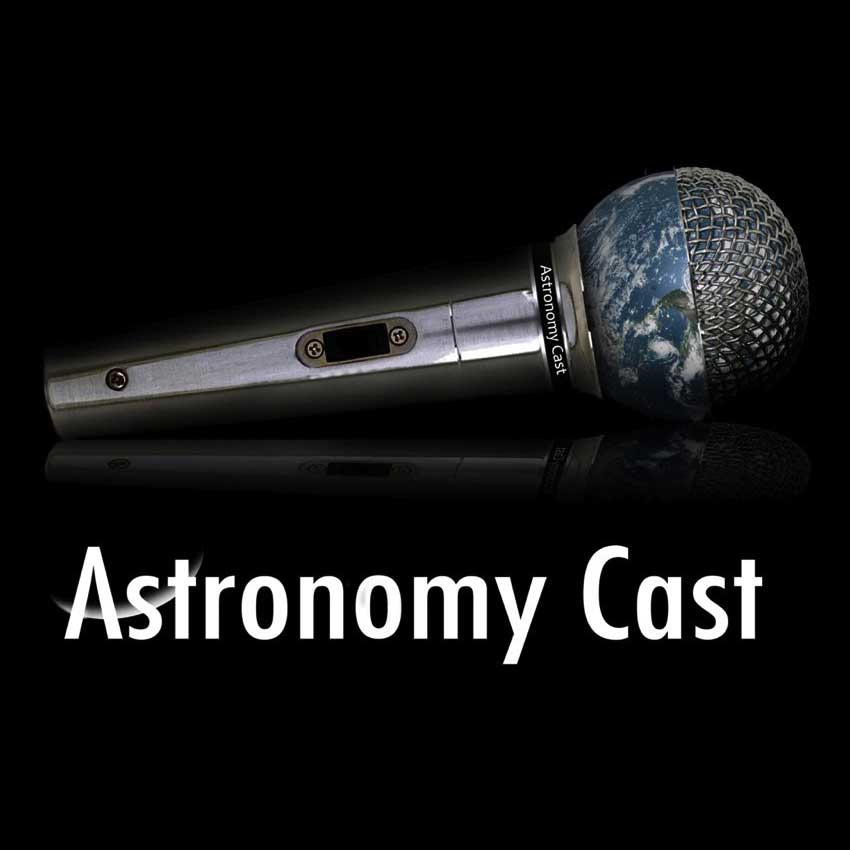Continents rise and fall over the eons, providing geologists with a history of the planet’s evolution. The study of these changes is known as geomorphology, and the lessons we learn here on Earth apply to the other objects in the Solar System


Continents rise and fall over the eons, providing geologists with a history of the planet’s evolution. The study of these changes is known as geomorphology, and the lessons we learn here on Earth apply to the other objects in the Solar System

Today’s Travelers in the night tell stories about Earth MOID, the closest an asteroid can come to our home planet & what human can accomplish when working together

Learn how to protect the night sky from light pollution with simple home lighting changes. Discover dark sky friendly tips to save energy, protect wildlife, and bring back the stars.

Join us today as we look at how citizen science helped discover 100 cool worlds nearby and examine evidence contributed to a mass extinction

Today’sGuide to Space explore what NASA found on Saturn’s Enceladus and Jupiter’s Europa, and what it means for the search for life.


Using our solar system as an example, since we know life arose here, how long will it last? Astronomers think they have an answer.

Our modern society depends on science. It impacts the way we eat, work, communicate and play. And yet, most people take our amazing scientific advancement for granted. What can we do to spread the love of science through education, outreach and media?

Today’s Travelers in the Night share stories about space rocks came closer to Earth than our Moon and aurora on Mars.

Today’s @NOIRLabAstro talk to Dr. Steve Howell about the discovery of Betelgeuse long sought after companion and future observations.